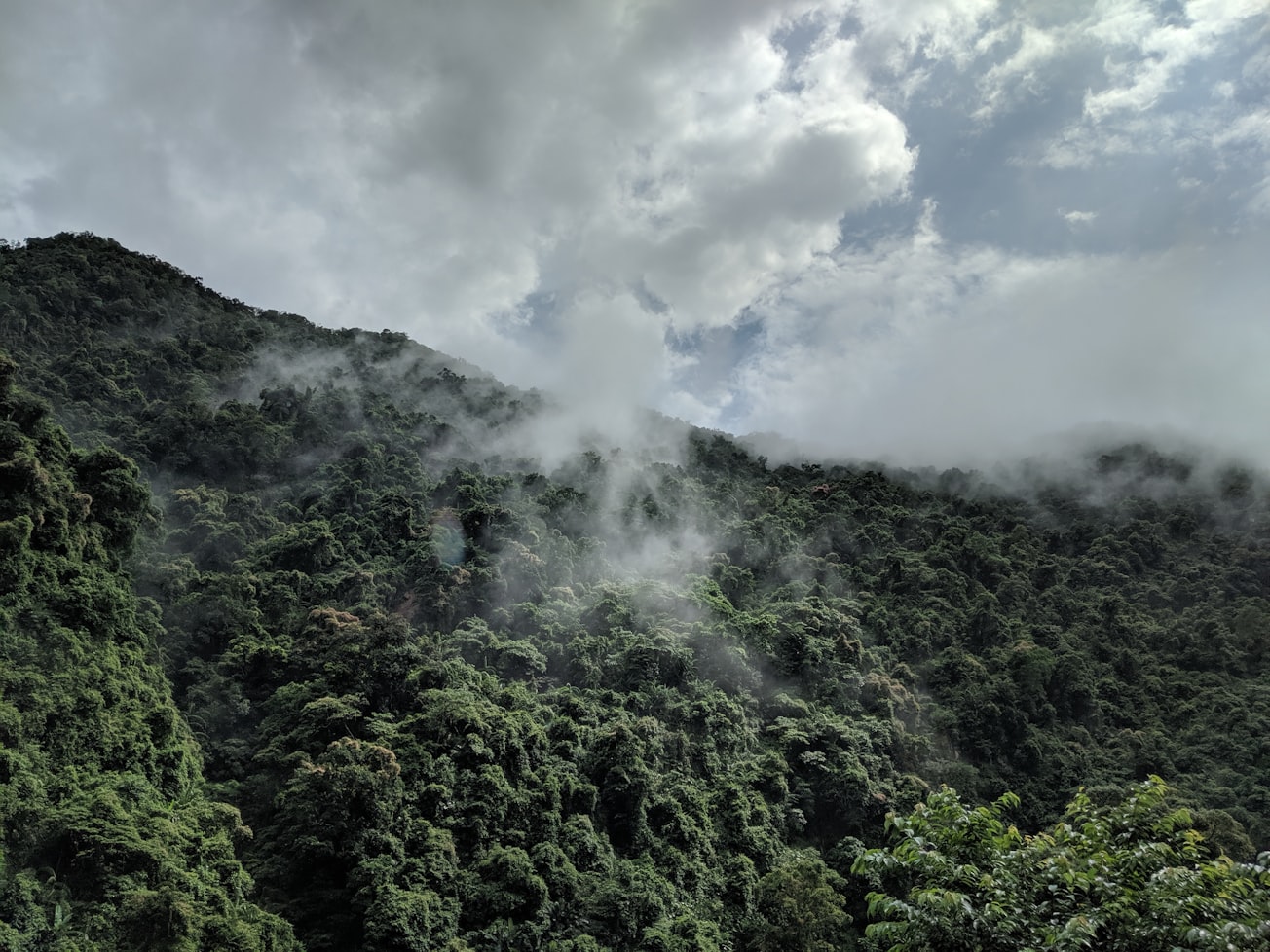What is it about?
The aim of our study is to quantify the relationship between ecosystem and climate variables in southwest China. We further examined spatiotemporal distribution patterns of daily reference evapotranspiration (ET0) and ecosystem types through integrated approaches, including spatiotemporal interpolation, Penman–Monteith, Mann–Kendall test, statistical correlation analysis and transition matrix based on those datasets including observation climate data, satellite remote sensing images (MODIS and Landsat) and observed ecosystem data.
Featured Image

Photo by Senning Luk on Unsplash
Why is it important?
The following results are achieved. First, changes of ET0 were greatly influenced by the combined effects of precipitation (with a decrease rate of −13 mm/10 years) and temperature (with a decrease rate of + 0.17 ℃/10 years). The annual average ET0 increased by + 2.1 mm/10 years, and the increased ET0 are more than 25% of the total area. Second, evapotranspiration was regarded as a sensitive indicator of climate and ecosystem feedbacks, and these ecosystem types have a great transformation, including forest, agriculture, and grass. Forest and grass were distributed primarily in the southern and eastern mountain areas, grass was in high mountains area while agriculture was prevalent in basin areas respond to climate changes. The area of forest converted to grass was 3670 km2, which was greater than transition from grass to forest (1720 km2). Correlation coefficients of evapotranspiration and NDVI were positive in forest and negative in agriculture. Third, the effects of these changes on climate vegetation and ecosystem process feedbacks on the quickly warming southwest China are potentially significant. Although the variation in ecosystem types was combined effects caused by climate variation and human activities, an effective ecological restoration program “Grain for Green” has improved the environmental conditions in southwest China.
Read the Original
This page is a summary of: Evapotranspiration as a response to climate variability and ecosystem changes in southwest, China, Environmental Earth Sciences, June 2020, Springer Science + Business Media,
DOI: 10.1007/s12665-020-09007-1.
You can read the full text:
Contributors
The following have contributed to this page







